Focus on Reducing Operational Costs
The Thermal Spray Coating for Oil Gas Market is increasingly driven by the focus on reducing operational costs. Companies are actively seeking solutions that not only enhance the durability of their equipment but also minimize maintenance and replacement expenses. Thermal spray coatings offer a cost-effective solution by extending the lifespan of critical components, thereby reducing the frequency of repairs and replacements. Market analysis indicates that organizations implementing thermal spray coatings can achieve cost savings of up to 30% in maintenance expenditures. This financial incentive is compelling for oil and gas companies, as they aim to optimize their operations while maintaining high safety and performance standards.
Increasing Demand for Corrosion Resistance
The Thermal Spray Coating for Oil Gas Market is experiencing a notable surge in demand for corrosion-resistant coatings. This trend is primarily driven by the need to protect equipment and infrastructure from harsh environmental conditions and corrosive substances. As oil and gas operations often occur in challenging environments, the application of thermal spray coatings has become essential. According to recent data, the corrosion protection segment is projected to grow significantly, with a compound annual growth rate of approximately 6% over the next few years. This growth indicates a robust market for thermal spray coatings, as companies seek to enhance the longevity and reliability of their assets, thereby reducing maintenance costs and downtime.
Regulatory Compliance and Safety Standards
The Thermal Spray Coating for Oil Gas Market is significantly influenced by the need for regulatory compliance and adherence to safety standards. As environmental regulations become more stringent, oil and gas companies are compelled to adopt advanced coating technologies that meet these requirements. Thermal spray coatings are increasingly recognized for their ability to provide protective barriers against environmental hazards, thus ensuring compliance with safety regulations. The market is expected to see a rise in demand for coatings that not only enhance performance but also align with environmental standards. This trend indicates a growing awareness among companies regarding the importance of sustainable practices in their operations, further driving the adoption of thermal spray coatings.
Rising Exploration and Production Activities
The Thermal Spray Coating for Oil Gas Market is poised for growth due to the increasing exploration and production activities in various regions. As oil and gas companies expand their operations to meet rising energy demands, the need for durable and efficient coatings becomes paramount. Enhanced thermal spray coatings are being utilized to improve the performance of drilling equipment and pipelines, which are critical in exploration and production processes. Market data suggests that the exploration sector is expected to witness a growth rate of around 5% annually, further driving the demand for thermal spray coatings. This trend underscores the importance of advanced coating technologies in supporting the oil and gas industry's operational efficiency.
Technological Innovations in Coating Processes
Technological advancements in thermal spray coating processes are significantly influencing the Thermal Spray Coating for Oil Gas Market. Innovations such as high-velocity oxygen fuel (HVOF) and plasma spray techniques are enhancing the performance characteristics of coatings, including wear resistance and thermal stability. These advancements allow for the application of coatings that can withstand extreme conditions, which is crucial for oil and gas applications. The market is witnessing a shift towards more sophisticated coating solutions, with a projected increase in the adoption of these technologies. As companies strive for operational excellence, the integration of advanced thermal spray technologies is likely to play a pivotal role in enhancing equipment performance and longevity.



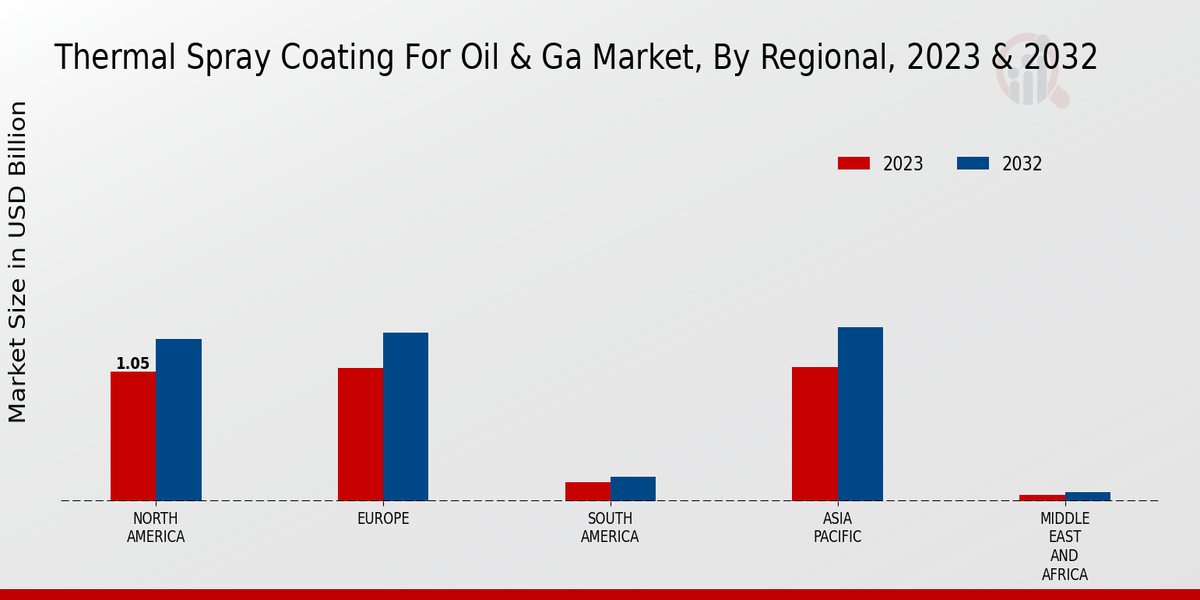

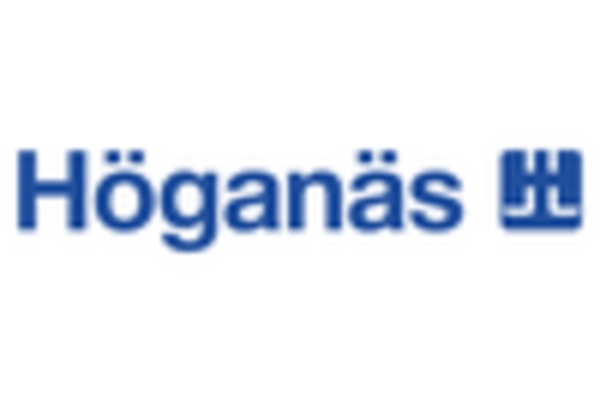
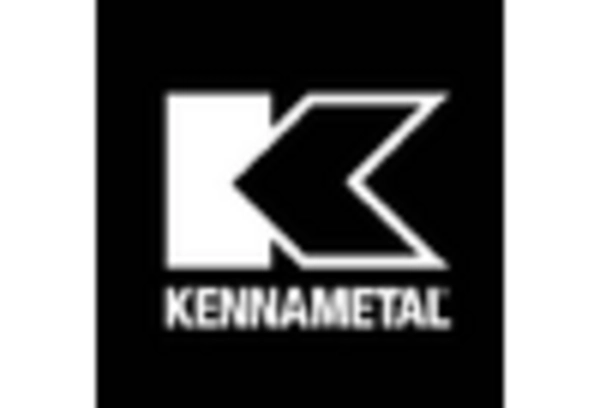
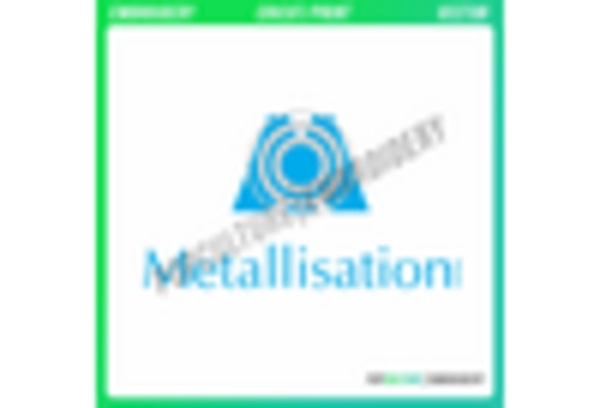
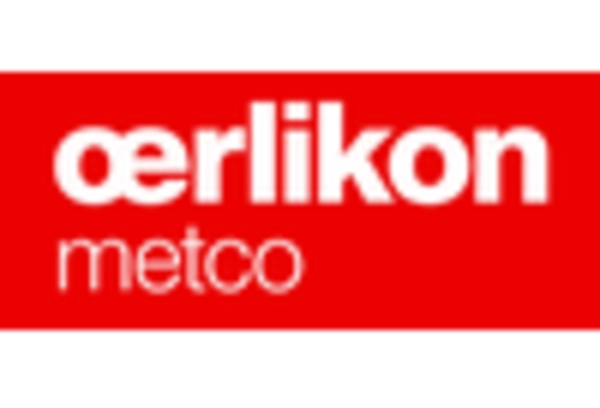
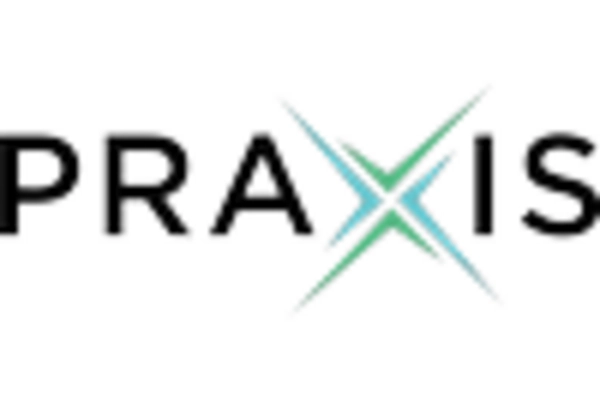

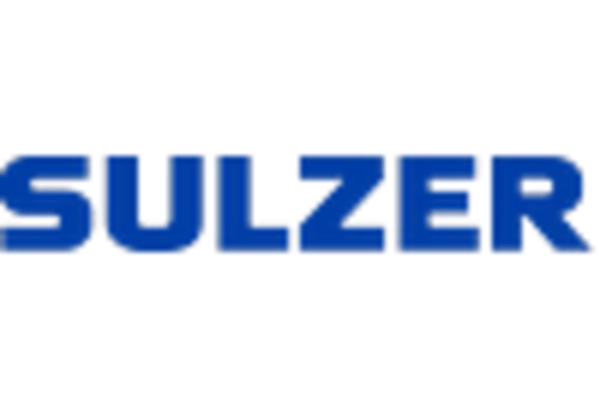
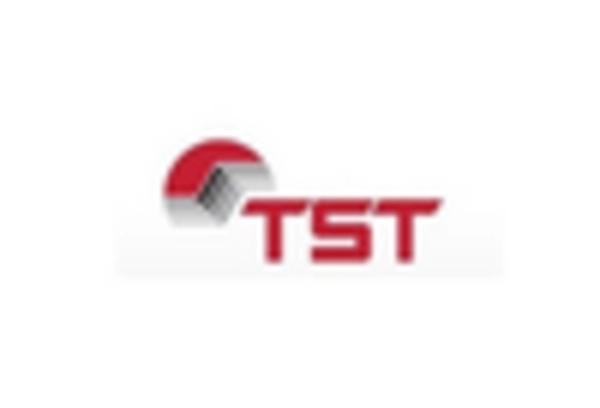








Leave a Comment